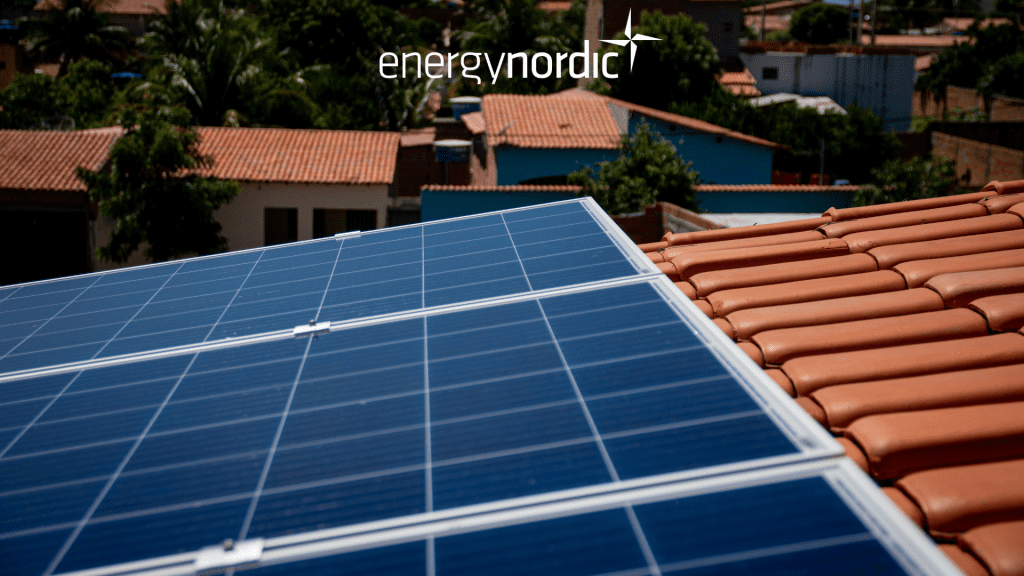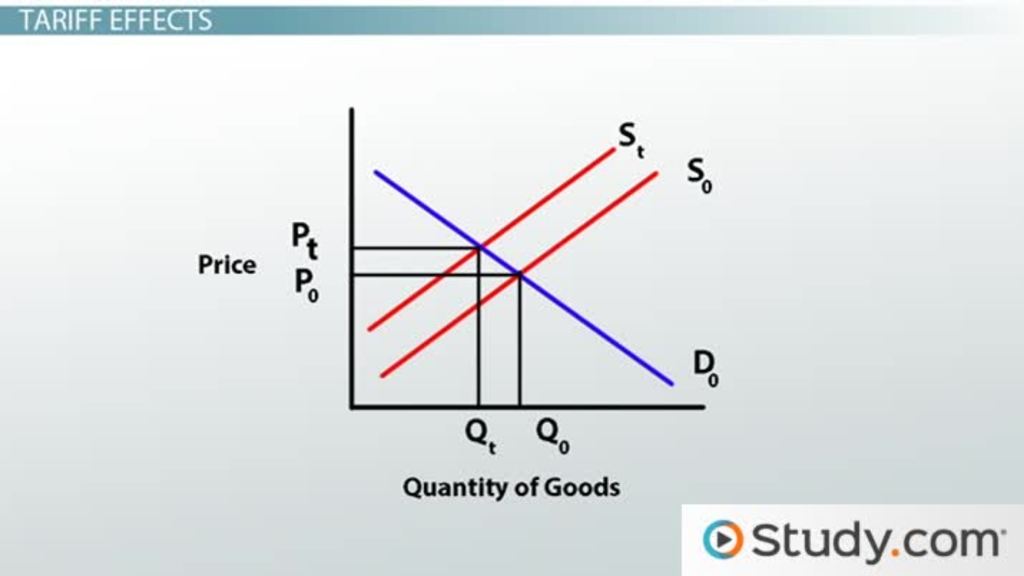European Power Prices Plunge: Solar Energy Surplus Drives Negative Prices

Table of Contents
The Surge in Solar Energy Production
The dramatic drop in European power prices is primarily attributed to a significant increase in solar energy production. This surge is driven by two key factors: increased solar panel installations and favorable weather conditions.
Increased Solar Panel Installations
Across Europe, the number of solar panel installations has skyrocketed in recent years. Several factors contribute to this rapid growth:
- Increased government incentives: Many European countries have implemented generous subsidies and tax breaks to encourage the adoption of renewable energy sources, including solar power. These incentives make solar energy a more financially attractive option for both homeowners and businesses.
- Declining solar panel costs: The cost of solar panels has decreased significantly over the past decade, making them more accessible to a wider range of consumers. This affordability, coupled with increasing efficiency, has fueled the expansion of solar energy infrastructure.
- EU renewable energy targets: The European Union has set ambitious targets for renewable energy integration by 2030 and beyond. This policy push has spurred significant investment in solar energy projects across member states, further contributing to the surplus. Countries like Germany, Spain, and Italy are leading the charge, boasting substantial solar energy capacity.
Favorable Weather Conditions
Exceptional sunny weather across significant parts of Europe has further amplified solar energy production. This favorable weather has resulted in significantly higher-than-expected energy yields from existing solar farms and residential installations.
- Impact of weather patterns: Extended periods of sunshine have directly translated into increased electricity generation from solar panels. This is particularly impactful during peak demand hours, exacerbating the surplus.
- Regional variations in solar energy production: While some regions experience greater solar irradiance than others, the overall increase in sunny days across many European countries has contributed to the widespread surplus.
- Correlation between weather and price fluctuations: The direct correlation between sunny weather and lower electricity prices highlights the significant impact of solar energy on market dynamics. Periods of cloud cover or rain often lead to a rapid increase in prices as solar energy production decreases.
The Impact on Electricity Market Dynamics
The surplus of solar energy is fundamentally altering the dynamics of the European electricity market. This oversupply is creating significant downward pressure on prices, even pushing them into negative territory in certain instances.
Overcapacity and Price Depression
During peak sunlight hours, the amount of solar energy generated often exceeds the current demand. This overcapacity puts downward pressure on wholesale electricity prices.
- Traditional power plant response to oversupply: Traditional power plants, such as coal and gas-fired plants, often reduce their output or even shut down completely in response to the influx of cheap solar energy.
- Challenges for fossil fuel-based energy producers: This situation creates significant challenges for fossil fuel-based energy producers, who struggle to compete with the low cost of solar energy.
- Market mechanisms that drive prices negative: In some cases, the surplus is so significant that producers are effectively paying to have their excess energy taken off the grid. This negative pricing mechanism ensures grid stability but underscores the scale of the solar energy surplus.
Negative Pricing Explained
Negative electricity prices occur when the supply of electricity surpasses the demand to such an extent that producers must pay to have their energy consumed. This might seem counterintuitive, but it's a direct result of the market's need to balance supply and demand and maintain grid stability.
- Impact on grid stability: Negative pricing can incentivize grid operators to utilize more energy, preventing potential instability issues associated with an overabundance of power.
- Challenges of integrating intermittent renewable energy: The intermittency of solar energy, meaning it's only generated during daylight hours, presents challenges for grid operators who need to balance supply and demand constantly. Energy storage solutions are crucial to mitigating this issue.
- The role of energy storage solutions: Investing in large-scale energy storage technologies is crucial to leveling out fluctuations in renewable energy production and preventing negative pricing events.
Implications and Future Outlook
The current situation presents both significant opportunities and challenges for various stakeholders in the European energy sector.
Opportunities for Consumers and Businesses
Low and negative power prices translate to considerable savings for consumers and businesses.
- Potential for cost savings: Reduced energy costs can boost household budgets and stimulate economic activity.
- Increased adoption of electric vehicles and energy-intensive processes: Lower electricity prices could accelerate the adoption of electric vehicles and energy-intensive industrial processes, further driving economic growth.
- Economic stimulus: The potential for widespread cost savings has significant implications for economic stimulus across Europe.
Challenges for Energy Producers and Grid Operators
Traditional energy producers and grid operators face significant challenges in adapting to the new energy landscape.
- Investment in energy storage: Massive investments in energy storage technologies are necessary to address the intermittency of renewable energy sources.
- Grid modernization: Existing grid infrastructure may require significant upgrades to accommodate the influx of renewable energy and manage fluctuating supply.
- Diversification of energy sources: Energy producers need to diversify their energy portfolio to mitigate risks associated with reliance on a single energy source.
- Policy implications for energy transition: Governments need to implement supportive policies to facilitate the transition to a more sustainable energy system, including regulations on grid access and emissions reduction targets.
Conclusion
The dramatic plunge in European power prices, fueled by a surplus of solar energy, presents both opportunities and challenges. While consumers and businesses benefit from lower energy costs, traditional energy producers and grid operators must adapt to this rapidly changing energy market. The shift towards renewable energy sources like solar is undeniable, and understanding the dynamics of a solar energy surplus is crucial for navigating the future of the European energy market. To stay informed about the latest trends in European power prices and the impact of solar energy surplus, continue to follow our updates. Further research into negative power prices and their implications is crucial for developing effective strategies for a sustainable energy future.

Featured Posts
-
 Bmw And Porsches China Challenges A Wider Industry Problem
Apr 29, 2025
Bmw And Porsches China Challenges A Wider Industry Problem
Apr 29, 2025 -
 Capital Summertime Ball 2025 Your Guide To Getting Tickets
Apr 29, 2025
Capital Summertime Ball 2025 Your Guide To Getting Tickets
Apr 29, 2025 -
 Auckland Police Detain Du Val Founder Kenyon Clarke
Apr 29, 2025
Auckland Police Detain Du Val Founder Kenyon Clarke
Apr 29, 2025 -
 Ohio Doctors Parole Hearing A Sons Struggle 36 Years After Murder
Apr 29, 2025
Ohio Doctors Parole Hearing A Sons Struggle 36 Years After Murder
Apr 29, 2025 -
 Activision Blizzard Deal Uncertain Ftc Files Appeal Against Court Ruling
Apr 29, 2025
Activision Blizzard Deal Uncertain Ftc Files Appeal Against Court Ruling
Apr 29, 2025
Latest Posts
-
 The Challenges Of Filming Alligators In Floridas Crystal Clear Springs
May 12, 2025
The Challenges Of Filming Alligators In Floridas Crystal Clear Springs
May 12, 2025 -
 Small Businesses Bear The Brunt Examining The Effects Of Trumps Tariffs
May 12, 2025
Small Businesses Bear The Brunt Examining The Effects Of Trumps Tariffs
May 12, 2025 -
 Documenting Floridas Alligator Population A Filming Perspective In Springs
May 12, 2025
Documenting Floridas Alligator Population A Filming Perspective In Springs
May 12, 2025 -
 Exclusive Interview Tom Conrad Sonos Interim Ceo On The Future Of Sound
May 12, 2025
Exclusive Interview Tom Conrad Sonos Interim Ceo On The Future Of Sound
May 12, 2025 -
 The Devastating Impact Of Trumps Tariffs On Small Businesses
May 12, 2025
The Devastating Impact Of Trumps Tariffs On Small Businesses
May 12, 2025
